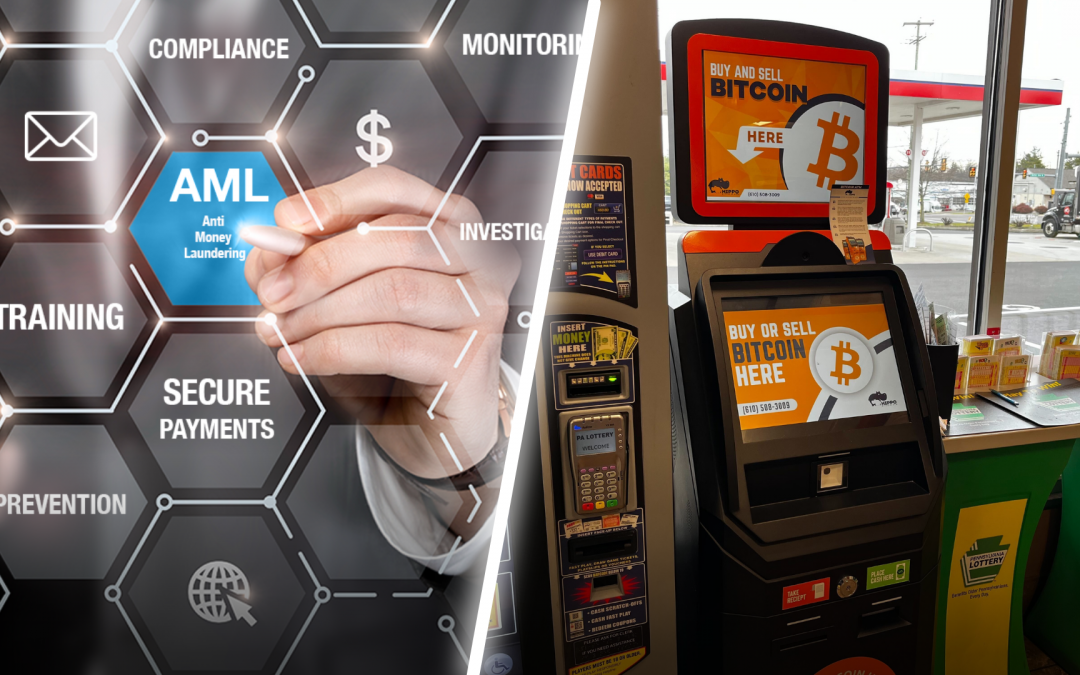AML Software Solutions Evaluating Bitcoin ATM Security Measures
Bitcoin ATMs are fascinating pieces of technology. They offer convenience, accessibility, and a tangible bridge between the worlds of cash and cryptocurrency. This has enormous potential to increase Bitcoin adoption and fuel the growth of the crypto market.
However, like any innovation involving valuable assets, Bitcoin ATMs also attract bad actors – individuals and groups looking to exploit them for illicit activities like money laundering. This is where AML (Anti-Money Laundering) software solutions become critical for responsible Bitcoin ATM operators.
Why AML Software Matters
Think of AML software as your fortress against shady activities. It helps you:
- Meet Regulatory Requirements: Crypto regulations are tightening globally. AML software streamlines compliance, keeping you on the right side of the law and avoiding hefty fines.
- Protect Your Reputation: News about hacked or misused crypto ATMs spreads quickly. Robust AML protocols build trust with customers and the community.
- Safeguard Your Business: Mitigating money laundering risks reduces your chances of shutdowns, frozen funds, or even criminal investigations.
Not quite. The effectiveness of your AML solution depends upon several factors. Let’s start by understanding the key features that are essential for rock-solid Bitcoin ATM security.
Must-Have Features for Effective AML Software
- Robust KYC Processes: Know Your Customer (KYC) is the backbone of AML. Your software should allow for multiple levels of identity verification, matching the risk profile of the transaction and local regulations.
- Transaction Monitoring: Real-time monitoring of transactions is vital. The software should flag suspicious patterns, like unusually structured transactions or attempts to bypass limits.
- Risk Assessment: A good AML solution helps you assess the risk level of each customer and transaction. This could involve factors like geographic location, transaction history, and connection to known criminal wallets.
- Detailed Reporting: Generating comprehensive reports on flagged transactions is crucial for audits and investigations you might face.
- Adaptability: AML software needs to be constantly evolving to keep up with the tactics used by money launderers and changing regulatory requirements.
Things to Consider Beyond Core Features
- Integration: Will the AML software integrate seamlessly with your chosen Bitcoin ATM provider’s software (like Bitaccess BTM or General Bytes)? This is key for streamlined operation.
- User Interface: An intuitive interface makes using the software easier and reduces the chance of human error which can leave you vulnerable.
- Support: Responsive customer support from the AML software provider is vital if you’re facing issues or need guidance with compliance.
Where to Find Reliable AML Solutions
There are numerous AML software providers in the market. Here’s how you can narrow your search:
-
- Industry Reputation: Research the provider’s track record and testimonials from other Bitcoin ATM operators
- Industry Reputation: Research the provider’s track record and testimonials from other Bitcoin ATM operators
-
- Specific Features: Consider the unique compliance requirements of your region and any extra features you might need.
- Resources: Websites like https://bitcoinatmcompare.com/ offer a good starting point for comparing AML solutions and getting operator perspectives.
Security Beyond Software Choice
Having a robust AML software solution is undeniably important, but it’s only one piece of the security puzzle. Here are additional ways to bolster your Bitcoin ATM defenses:
- Physical Security: Choose well-lit, high-traffic locations for your ATMs to deter tampering or theft. Consider advanced security measures like surveillance cameras and alarms.
- Operational Best Practices: Implement these simple yet effective steps:
- Regularly collect funds from the ATM to reduce the potential loss in case of theft.
- Conduct frequent software updates on both your ATM and AML software to patch vulnerabilities.
- Rigorously train staff on how to identify and report suspicious activity.

